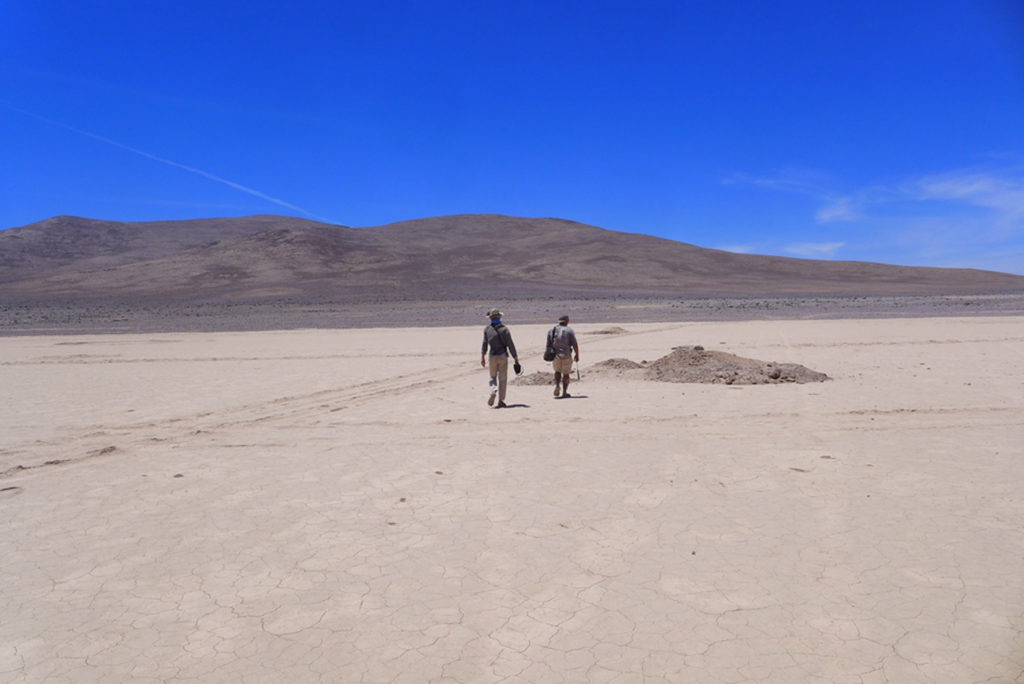The hyperarid core of the Atacama Desert (Chile) is one of the driest deserts on Earth. Its soils represent one of the few environment types that yet have barely been investigated at the level of metagenomics. Due to the extremely low content of biomass these Atacama Desert sediments have been claimed to be Mars-like. We have shown for the first time that microbial communities are able to actively thrive in the hyperarid soils of the Atacama Desert. This work is part of a greater community effort to better understand the microbial community structure and nutrient cycling in the Atacama Desert.
Proposer: Alessandro Airo, Berlin Institute of Technology (Germany)
Proposal: Past and modern microbial communities in million-year-old Atacama Desert and their role in biogeochemical cycling in hyperarid environments
